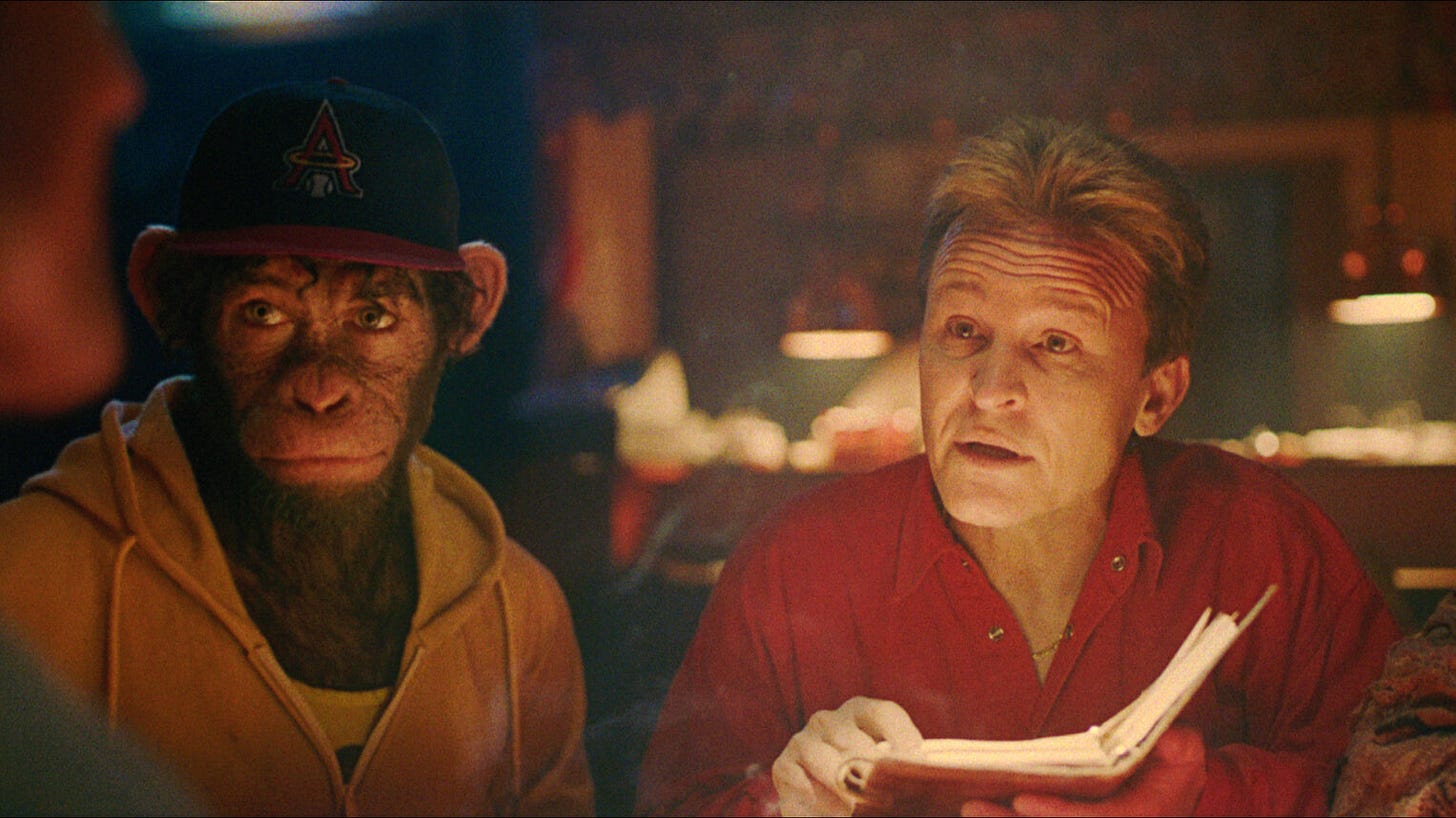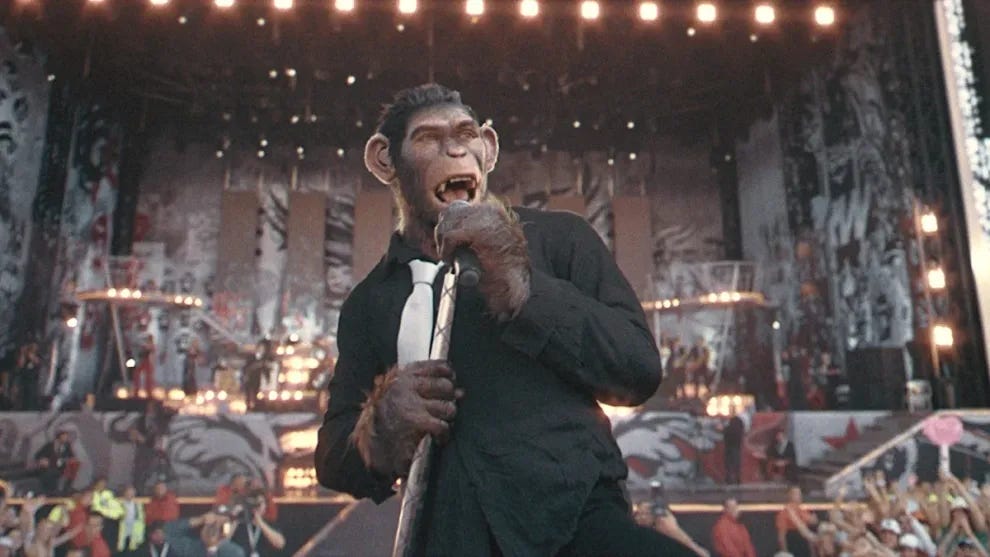How Common is Drug and Alcohol Abuse Among Music Stars? A Statistical Analysis
How often do famous musicians battle addiction?
Intro: Drugs and Music Mythology
A few weeks ago, I explored when pop songs and stars typically reach their "peak." This analysis yielded a potpourri of dispiriting takeaways on the prototypical lifecycle of music stardom, including (but not limited to):
Modern pop hits typically peak within a few days of release.
Those same songs quickly exit mainstream awareness after a handful of weeks (or less).
Most artists will achieve this feat once, maybe twice, and then never again.
Worse still, this brief moment in the limelight will likely come before age 30.
But the revelations didn't end there. In perhaps the most "Debbie Downer" of essay endings, I found music stars have one of the shortest lifespans of any profession, with an expectancy comparable to boxers, military figures, and race car drivers.
Since publishing this exploration of music celebrity, I've begun investigating additional factors affecting this lifespan statistic. This downer of a quest led me to the matter of drugs and alcohol—a staple of music mythology and the cornerstone of nearly every music biopic. How frequently do music stars abuse drugs and alcohol, how often does this addiction contribute to their untimely death, and how have these patterns evolved in response to well-known cautionary tales?
So today, we'll explore music's ever-evolving relationship with vice, how substance abuse differs by genre, and whether drug use has changed over time.
How Common is Drug and Alcohol Abuse Among Music Stars?
To quantify substance abuse rates within the music industry, I analyzed over 10,000 Wikipedia biographies (for the most trafficked musician pages), identifying mentions of drug and alcohol abuse, cataloging the specific substances involved, and determining whether these habits contributed to that individual's death.
To make this data more intuitive, I anchored a subject's drug use to their musical peak—estimated at age 27—instead of their birth year, thus aligning their substance abuse more closely to their period of fame.
When charting drug use over time, I was surprised by how early in the 20th century illicit substances began impacting musicians.
Call me naive, but I assumed someone simply showed up in 1960s San Francisco with a handful of LSD, and that sparked decades of industry-wide drug consumption. Apparently, this issue predates The Summer of Love and Jefferson Airplane's "White Rabbit" by quite some time.
In the 1930s and 1940s, jazz and bebop musicians like Billie Holiday, Lester Young, and Charlie Parker frequently abused heroin, cocaine, and alcohol, particularly within New York's vibrant music scene. This trend continued into the 1950s, affecting prominent artists like Miles Davis and Chet Baker, with heroin and alcohol afflicting jazz communities on both coasts.
Indeed, opioids, alcohol, and cocaine appear to be the most life-shattering of vices—at least historically speaking. An important caveat to this analysis is that our dataset captures individuals who "struggled" with a substance rather than someone who partook casually. While marijuana was more widespread during the 1960s, musicians have battled heroin and cocaine addiction at significantly higher rates—enough so that it repeatedly warrants mention in their Wikipedia biographies.
Examples of musicians who struggled with these substances include Kurt Cobain, Janis Joplin, and John Coltrane with heroin; Stevie Nicks, David Bowie, and Ike Turner with cocaine; and Amy Winehouse, Jim Morrison, and Hank Williams with alcohol.
As I combed through our dataset, I began noticing distinct connections among drug use, music genre, and the social environments associated with these styles. Music history often spotlights vibrant locales where particular subgenres flourished alongside widespread drug use: 1950s New York with heroin, 1960s San Francisco with LSD, and 1990s Seattle grunge with heroin. Can we pinpoint the drug most commonly abused within a particular genre and measure the prevalence of its usage? Depressingly, yes! 🙌
The findings from this analysis reinforce several longstanding stereotypes: rock, punk, and jazz musicians commonly struggle with heroin, country artists frequently grapple with alcohol, and a notably high proportion of funk musicians contend with cocaine abuse.
As I examined these associations, I couldn't help but wonder how intertwined these drugs were with the artistic creations themselves. Is Miles Davis' heroin use inseparable from a song like "Blue in Green," and to what extent did cocaine influence the work of James Brown or Rick James (and a song like "Super Freak")?
Drugs are often central to music myth-making—not just for the creativity (and hedonism) they inspire but also for their lasting toll on a musician's well-being. So, which substances have proven most dangerous, and how have overdose patterns shifted as awareness of these risks has grown?
Enjoying the article thus far and want more data-centric pop culture content?
The Drugs That Kill Music Stars
The "27 Club" refers to a group of well-known musicians who died tragically at the age of 27, often due to substance abuse or suicide. Prominent members of this rather unfortunate club include Jimi Hendrix, Janis Joplin, Jim Morrison, Kurt Cobain, and Amy Winehouse.
I've always felt ambivalent about society's fixation on celebrity culture—and, by extension, celebrity deaths and the 27 Club. Do the sordid details surrounding Jimi Hendrix's or Kurt Cobain's passing reveal anything meaningful about their artistry? Probably not. Yet, there is something captivating about how these tragedies immortalize an artist. There is an undeniable appeal to the way Kurt Cobain lived, the art he made, the way he struggled, and ultimately, the way he died. The idea of Cobain is heightened by this mythology.
Every analysis I've conducted on music stardom suggests a kind of existential pain endured by many in this bizarre industry. These repeat observations sparked my (admittedly morbid) interest in the vices that appeal to the most tortured of artists. So which substances frequently play a role in the premature deaths of legendary musicians?
According to our Wikipedia dataset, this distinction belongs to heroin and prescription opioids.
The prominence of prescription opioids is particularly concerning because Purdue Pharma only invented OxyContin in the mid-1990s—which leads to the most-"Debbie Downer" of "Debbie Downer" insights.
While debating whether I should explore a topic this bleak, I ultimately decided to proceed because my initial hypothesis suggested a hopeful outcome. Yes, drug use has profoundly affected famous musicians, but my thinking was that well-publicized tragedies (like the "27 Club") would serve as cautionary tales, discouraging future music stars and ultimately leading to a decline in untimely deaths. To a certain extent, this hypothesis proved true—until recently.
When examining the prevalence of well-known musicians whose deaths were linked to drugs and alcohol, we see this figure peak in the 1960s, steadily decline to its lowest point in the 2010s, and then rebound slightly in the 2020s.
Ultimately, the late 2010s and 2020s have seen an uptick in overdose deaths linked to prescription opioids, including up-and-coming hip-hop talents like Lil Pepp, Juice WRLD, and Laxii Alijai (with their career peaks being categorized as the 2020s).
My quest to somehow make this topic uplifting failed quite miserably; instead, I've added another chapter to my ever-growing body of work on why music stardom is existentially vexing.
Final Thoughts: The Spectacle of Celebrity Life
The Robbie Williams biopic Better Man has become a cultural curiosity for a variety of reasons:
The film secured a $110M budget despite the British pop star's relative obscurity in the United States.
William is portrayed by a CGI monkey for the entire movie—a fact no other character acknowledges.
The movie's opening weekend saw Better Man pull in approximately $1.1M—making it a box office disaster.
Despite the film's marketing mistakes and absurd premise, Better Man stands as one of the most affecting biopics in recent memory.
For starters, this film features two of the best dance sequences I've ever seen in a movie, which are well worth the price of admission. But, more importantly, the CGI monkey premise works, presenting a compelling metaphor for the alienation and spectacle of celebrity life—where music stars are reduced to "dancing monkeys." As Williams grapples with numerous addictions, this unusual filmmaking choice underscores how drugs offer an escape from the dehumanizing pressures of fame. Somehow, the CGI monkey made all of this clear.
My takeaway from both Better Man and our drug use dataset is strikingly similar: has there ever been an existential condition more peculiar than music celebrity? How can a single occupation be so susceptible to drug use, and even more perplexingly, how can specific subgroups—like genre—experience heightened rates of substance abuse?
Ultimately, this devil's bargain reminds me of Kafka's "A Hunger Artist," the story of a performer whose art involves publicly fasting for onlookers until he eventually starves himself to death (because what better way to end this essay than with a nod to one of literature's most depressing short stories?). Perhaps there is a profound cosmic trade-off for entertainers: you give the world your art, attain fame, and, in return, suffer the peculiar pain of celebrity and the pressure to sustain your renown. Maybe this explains our morbid fascination with the 27 Club and music biopics—the notion that these artists endured profound suffering to give us songs as resonant as "Smells Like Teen Spirit" or "Purple Haze," or tell-all movies with CGI monkeys.
Struggling With a Data Problem? Stat Significant Can Help!
Having trouble extracting insights from your data? Need assistance on a data or research project? Well, you’re in luck because Stat Significant offers data consulting services and can help with:
Insights: Unlock actionable insights from your data with customized analyses that drive strategic growth and help you make informed decisions.
Dashboard-Building: Transform your data into clear, compelling dashboards that deliver real-time insights.
Data Architecture: Make your existing data usable through extraction, cleaning, transformation, and the creation of data pipelines.
Want to chat? Drop me an email at daniel@statsignificant.com, connect with me on LinkedIn, reply to this email, or book a free data consultation at the link below.
Want to chat about data and statistics? Have an interesting data project? Looking to produce data-centric editorial content? Email daniel@statsignificant.com












Ok, so I know this is a little off topic, but why is chess listed on the shortest average lifespan by profession chart? I understand all the other professions listed, but chess!? I mean it even comes before football for goodness sakes.
This is an excellent and detailed analysis. I wonder if part of the dip in the 2010s is due to a current lack of data for those years, as the details and extent of celebrity addiction often only come out years later, unless the celebrity dies.